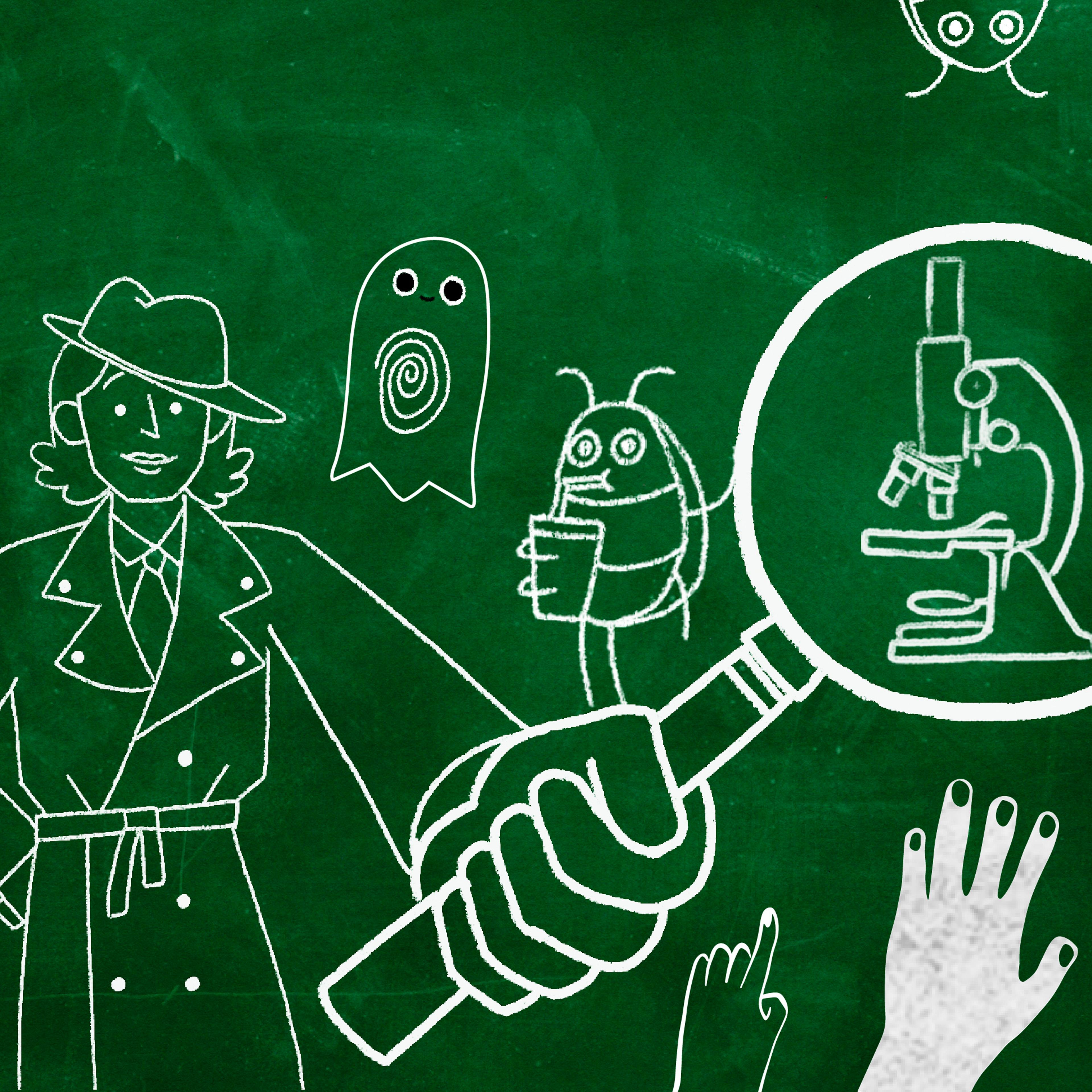MetKids Microscope
See the science behind the art (and the art behind the science!) at The Met.
About
MetKids Microscope is a show about the science behind the art (and the art behind the science!) at The Metropolitan Museum of Art. Learn true stories about real discoveries from scientists at the Museum, and do some experiments on your own!
Sign up for #MetKids newsletters to receive more activities, videos, and content you can share with your kids.
Episodes
Video
Meet some of the critters that like to munch on art and books at the Museum and learn how experts keep The Met safe.
June 21, 2023
Video
Make a field guide and use it to classify bugs like a scientist at the museum.
June 21, 2023
Video
Find out how touching artworks can be dangerous and meet the scientists that take care of the art—our conservators.
June 28, 2023
Video
Uncover hidden fingerprints around your home like an art detective.
June 28, 2023
Video
Sound is invisible, yet it’s all around us! What’s going on here? What exactly is a sound, anyway?
July 5, 2023
Video
Make an instrument and a special tool to visualize sound.
July 5, 2023
Video
What does a cake have in common with an Italian Renaissance painting? The answer may surprise you! Watch to learn about the special properties of egg yolk that make it just as perfect for painting as it is for baking.
October 20, 2023
Video
Did you know that you can make paint in your very own home? In this experiment, make a glorious painting using only ingredients from your kitchen cabinet and refrigerator.
October 20, 2023
Video
Instead of mixing paint colors on a palette, what happens if we let our eyes do the mixing? Learn about Pointillism and how the artist Georges Seurat used the science of optics to create a whole new way of painting!
October 20, 2023
Video
Trick your friends with this optical illusion! Create an entire rainbow using only the primary colors — red, yellow, and blue dots.
October 20, 2023
Video
Take a journey in The Met’s time machine and learn how some objects can last for hundreds of thousands of years!
October 20, 2023
Video
Have you ever noticed that some old pennies look almost…green? In this experiment, use vinegar and salt to get to the bottom of how and why pennies turn green.
October 20, 2023
About Season 2
What’s the science behind making paint, mixing colors, and hearing music? Learn with Met scientists as your guide, then experiment on your own.
More Series from The Met
Audiovisual materials from the Museum’s extensive archive.
What artists see when they look at The Met.
How are works of art created?
